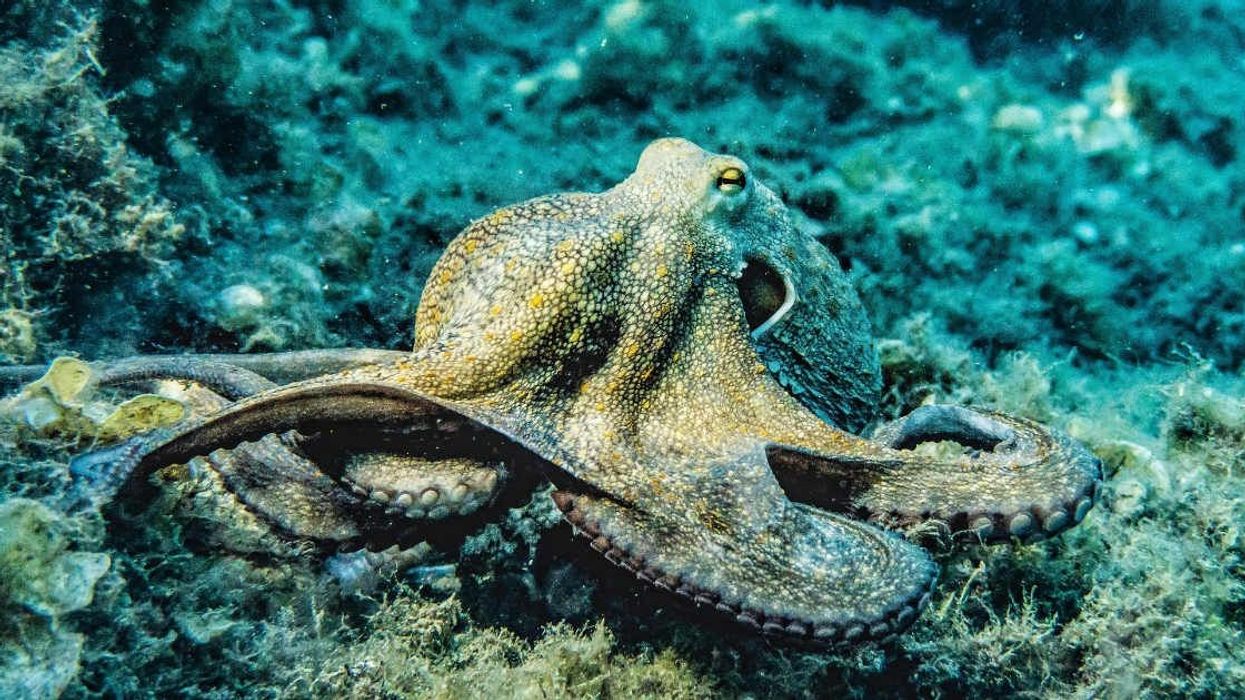Women’s leadership reached a historic milestone in 2016: German Chancellor Angela Merkel and British Prime Minister Theresa May lead two of the world’s top economies. Elsewhere, Christine Lagarde, head of the International Monetary Fund, and Janet Yellen, chair of the board of governors of the US Federal Reserve, are in charge of major global financial institutions. This represents a significant shift in gender dynamics in the political and economic realms, even with Hillary Clinton falling short of becoming the first woman president of the United States.
While women have seats at the table where major economic and financial decisions are made, they have not yet reached the top leadership positions in sport. The International Olympic Committee (IOC) and FIFA, soccer’s international governing body, widely regarded as the most prestigious and influential sport organizations, have never been led by a woman. Since the IOC’s inception in 1894, its president has been a man; FIFA has similarly had a man in charge since its establishment more than a century ago.
My latest research, based on the Sydney Scoreboard Global Index for Women in Sport Leadership, shows that women chaired only 7 percent (5 of 70) of international sport federations in 2016 (see table below). This is the same as in 2012, so no positive change has been achieved in the past four years. Women occupied 19 percent (12 of 64) of chief executive positions in 2016, up from 8 percent in 2012.
So men hold a staggering 93 percent of chair or president roles and 81 percent of chief executive positions. This means the key leadership positions in global sport governance and management remain largely elusive for women.
In addition, consider this: the majority of federations with a woman chair govern sports that have a relatively small participation base (for example, curling, sled-dog racing and underwater sports). Similarly, sports with a woman chief executive are mainly less popular, non-Olympic sports, such as air sports, climbing, waterskiing, and wakeboarding.
But the key finding of my research relates to women’s representation as directors of international federation boards. Currently, women hold 16.3 percent of directorships across the international governing sport bodies. Despite a slight increase of 4.2 percent since 2012, women remain markedly underrepresented. Gender balance in board composition—usually defined as between 40-60 percent of either gender—is still a long way off.
Even more significantly, only seven of the 70 sports bodies have achieved a critical mass of women directors. That is, a minimum of three women and 30% representation. These include the federations that govern triathlon, hockey, rowing and gymnastics.
One may wonder why critical mass is important. Do numbers matter?
According to critical mass theory, when the size of a group reaches a certain threshold or critical mass, that group gains trust and influence. The vast majority of international sporting bodies that have so far failed to achieve a critical mass of women include those that govern popular sports with millions of participants worldwide, such as soccer, athletics, swimming, cricket, rugby, tennis, and golf.
The consequences are serious. Not only do these sport organizations fail to adhere to democratic or ethical business practices because some stakeholders are underrepresented, it is also likely that this compromises their performance. Less diverse boards lack multiple perspectives that promote sound decision making, problem solving, and strategic planning.
Research in the public and corporate sectors has found that having just one or two women on a board does not substantially change gender dynamics—it does not admit women’s voices and ideas. Without a critical mass, one or two women on a (sports) board stand out, and can be fiercely scrutinized and stereotyped. They run the risk of being perceived as the “token” woman, the one fulfilling a target or quota, and as a result are not taken seriously.
[quote position="full" is_quote="true"]Men hold a staggering 93 percent of chair or president roles and 81 percent of chief executive positions.[/quote]
On the other hand, the seven sporting bodies that have achieved a critical mass of women are destined for superior performance. Women directors of these bodies are no longer perceived as tokens or as representatives for all women. They are seen as individuals with their own skills and perspectives. These women can also form alliances and challenge the dominant culture of the organisation.
Importantly, because these women are not primarily seen as a representative of their group, they are likely to contribute widely to any governing issue and not only to those seen as “women’s issues.” Studies have found that with a minimum of three on the board, women are more comfortable about speaking freely and participating in discussion of any issue. There is a shift in gender dynamics in so far as communication is “normalized”, meaning men listen more carefully and respect women’s opinions and ideas.
Having a critical mass of women bodes well for an organization’s performance, including the level of innovation.
The sooner sport governing bodies acknowledge the value of a critical mass of women on their boards and commit to achieving this, the better for sport worldwide.

















 Screenshots of the man talking to the camera and with his momTikTok |
Screenshots of the man talking to the camera and with his momTikTok |  Screenshots of the bakery Image Source: TikTok |
Screenshots of the bakery Image Source: TikTok | 
 A woman hands out food to a homeless personCanva
A woman hands out food to a homeless personCanva A female artist in her studioCanva
A female artist in her studioCanva A woman smiling in front of her computerCanva
A woman smiling in front of her computerCanva  A woman holds a cup of coffee while looking outside her windowCanva
A woman holds a cup of coffee while looking outside her windowCanva  A woman flexes her bicepCanva
A woman flexes her bicepCanva  A woman cooking in her kitchenCanva
A woman cooking in her kitchenCanva  Two women console each otherCanva
Two women console each otherCanva  Two women talking to each otherCanva
Two women talking to each otherCanva  Two people having a lively conversationCanva
Two people having a lively conversationCanva  Two women embrace in a hugCanva
Two women embrace in a hugCanva 
 A reddit commentReddit |
A reddit commentReddit |  A Reddit commentReddit |
A Reddit commentReddit |  A Reddit commentReddit |
A Reddit commentReddit |  Stressed-out employee stares at their computerCanva
Stressed-out employee stares at their computerCanva
 Who knows what adventures the bottle had before being discovered.
Who knows what adventures the bottle had before being discovered. 
 Gif of young girl looking at someone suspiciously via
Gif of young girl looking at someone suspiciously via 

 A bartender makes a drinkCanva
A bartender makes a drinkCanva